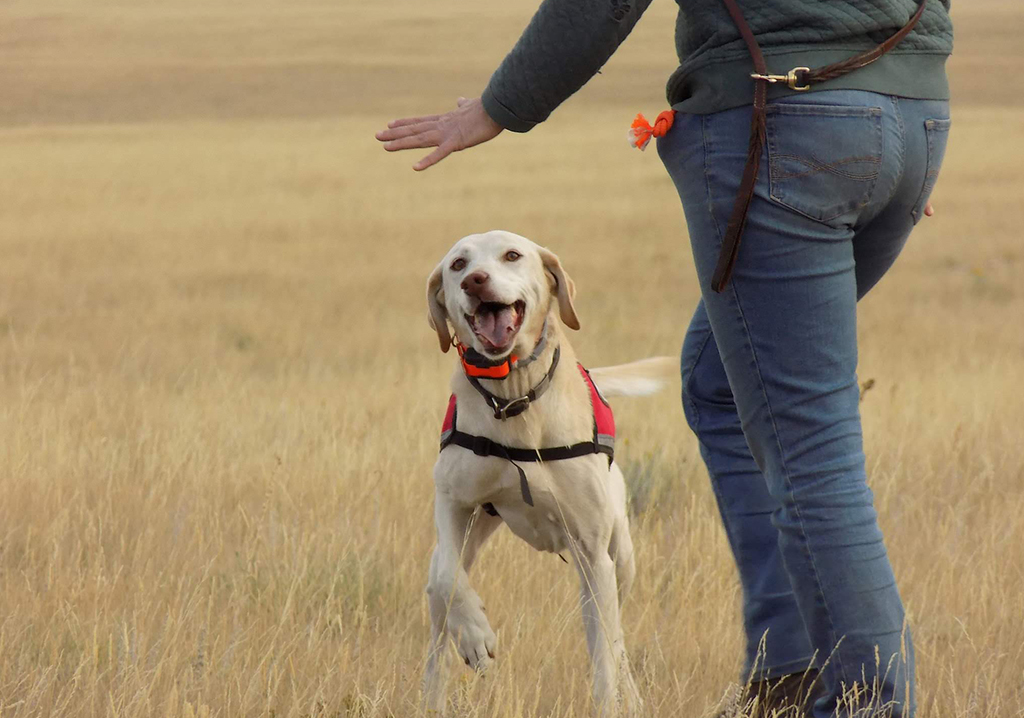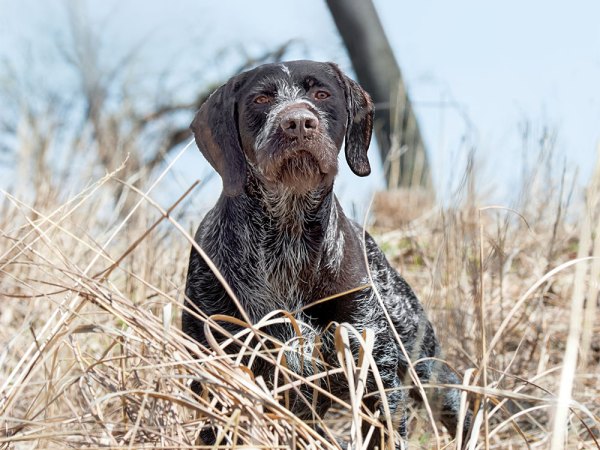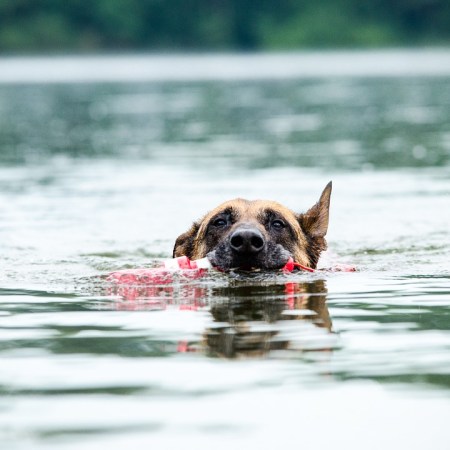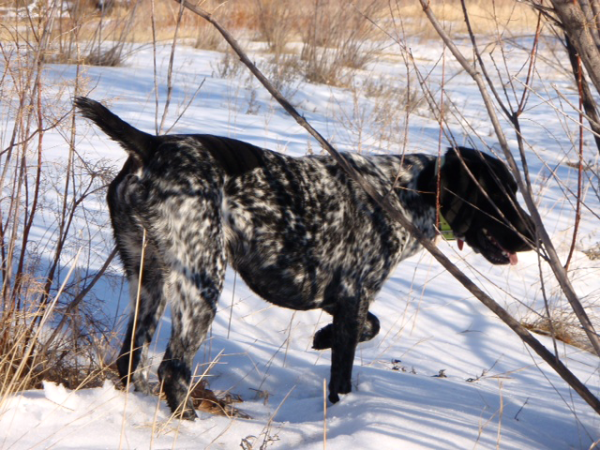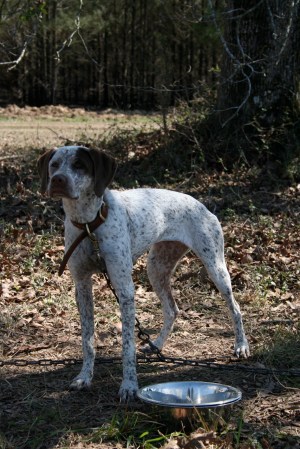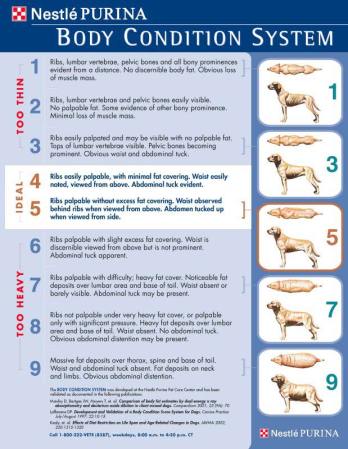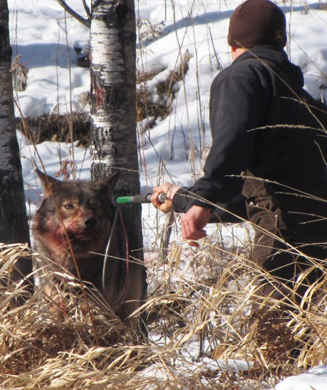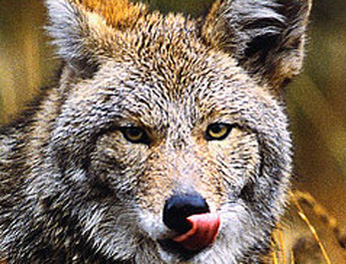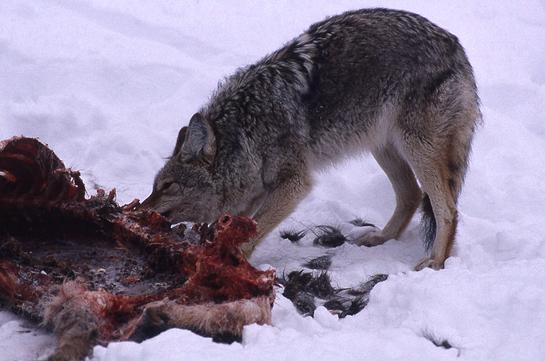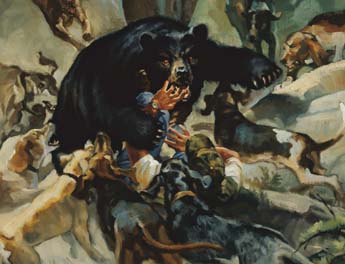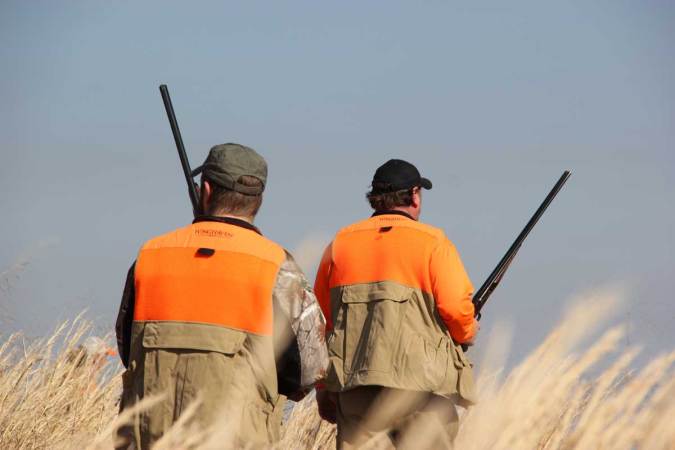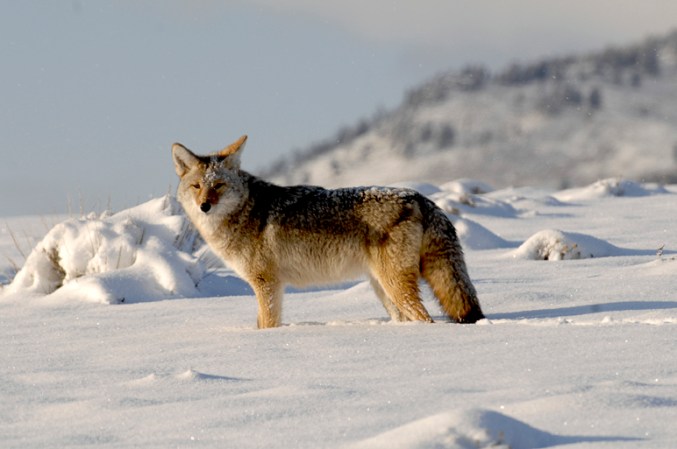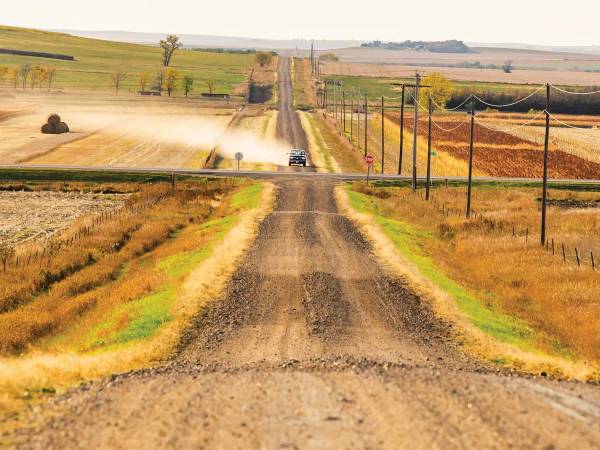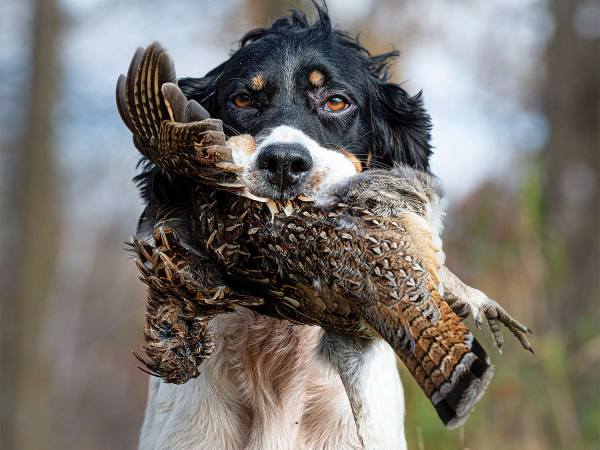Dogs are not only man’s best friend. They are his oldest friend. DNA analysis shows that we began domesticating wolves approximately 11,000 years ago. And over time, humans—and especially hunters—have come to appreciate the value of working dogs and their powerful olfactory systems.
Their noses continue to prove indispensable in the modern world, and today working dogs are playing an important role in the field of conservation. Because if their noses can locate cadavers, detect narcotics, and assist with search-and-rescue missions, they can also protect wildlife and wild places by sniffing out invasive plants and poachers, tracking elusive species, and helping out with a broad range of other conservation-related efforts.
Training canines for such high-level work takes dedication and time, and a non-profit, Montana-based organization known as “Working Dogs for Conservation” is on the cutting edge of this effort.
“We have trained and deployed over 200 dogs, and we have the need for dogs to go across the world for conservation,” the community engagement coordinator for Working Dogs for Conservation, Breanne Black, recently told MTN News in Billings.
Their training center is in rural Turah, Montana, located between Missoula and Helena. Most of the dogs are rescued from different shelters around the country, and so far they have helped with everything from catching ivory poachers in Zambia to pinpointing quagga and zebra mussels at the boat ramp. They can smell invasive plants before they break the surface of the water, as well as animals that live underground and microscopic organisms that are invisible to the human eye.
“For years scientists have been trying to develop an instrument that is as sensitive as a dog’s nose,” the organization’s website reads. “We wish them luck. In the meantime, we’ll stick with our pack.”
Aimee Hurt is one of the co-founders of Working Dogs for Conservation, and she helped with research 20 years ago that proved dogs could differentiate between black bear and grizzly bear scat. This revelation has aided bear research, and it made Hurt realize that there were countless other ways that working dogs could be put to use in the conservation arena.
“It’s a really gratifying time in the conservation dog world right now,” Hurt told the local news channel.
Read Next: Do We Need to Better Regulate Coyote Trapping in Order to Save It—and Save Our Bird Hunting Dogs?
Hurt went on to say that the dogs are now being used to detect everything from COVID-19 to endangered species like the kit fox. She noted that because dogs are fast and thorough, they do their scent work in short order and can cover a lot of ground in a hurry. And she explained that the organization just received a generous $1 million donation, which will allow their dogs to take on even more projects, including one on Montana’s Blackfeet Indian Reservation.
“One exciting project is up on the Blackfeet Nation,” Hurt said. “We are going to be working with Indigenous Vision there to identify contaminants through mink and otter scat. The dogs will be able to identify the contaminants, and then [we will] also work on chronic wasting disease [in deer] with them.”

